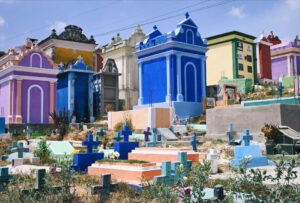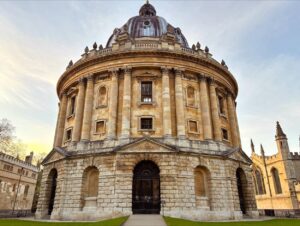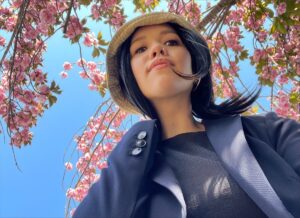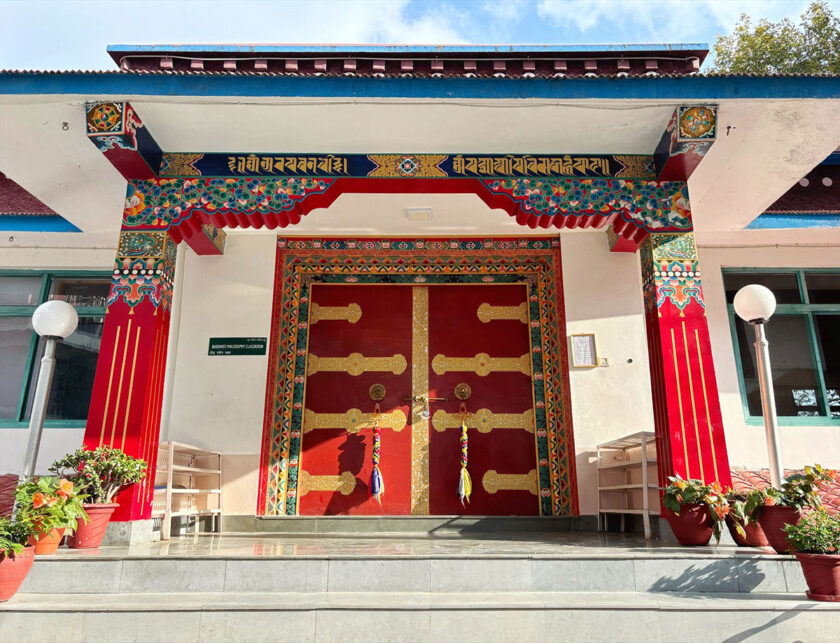
Dharamshala is a unique and picturesque hill town nestled in the Kangra Valley of Himachal Pradesh, India. Aside from its stunning natural beauty, it is renowned for its rich cultural heritage, in large due to its close association with Tibetan culture and traditions.
The town is divided into two distinct parts – Upper and Lower Dharamshala. Upper Dharamshala, also known as McLeodganj, is the more famous of the two and serves as the residence of the Tibetan spiritual leader, the Dalai Lama. This has earned Dharamshala the moniker ‘Little Lhasa’ due to its significant Tibetan population and vibrant culture.
Curious, and wanting to know more about this ‘Little Lhasa’, I recently decided to go to learn more about the events and changes that have unfolded here since the Dalai Lama’s arrival in 1960.
I discovered many things, but most importantly, Dharamshala stands as a beacon of acceptance and resilience. A place where faiths intertwine, and a place that provides a safe space for those in seek of refuge.
Dharamshala is a reminder of India’s many colourful layers and cultures wrapped up in one place.
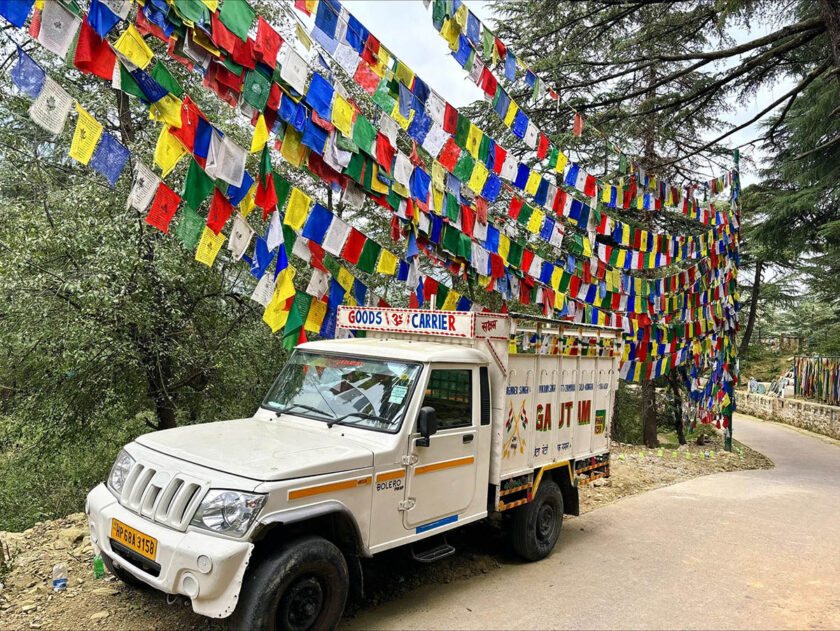
A brief history of Dharamshala
The history of Dharamsala begins with the rule of the Katoch dynasty that traces its roots to ancient India. The Katoch dynasty is one of the oldest surviving dynasties in the world.
The Katoch dynasty is believed to have originated in the foothills of the Himalayas in the region of Kangra, which is now part of the Indian state of Himachal Pradesh, along with Dharamshala and other cities and towns.
The Kangra fort, just 20 km kilometres from Dharamsala, is one of the most impressive ancient structures remaining today from that period. It was built by the Katoch emperors to safeguard the interests and surrounding land that also included Dharamshala for nearly two millennia before the British annexed it in the mid-nineteenth century.
British arrival
In the 19th century, the British established a military station in Dharamshala due to its strategic location and pleasant climate. Dharamsala was chosen as the district capital in March 1855 and the town served as a retreat for British officers during the summer months.
In 1905, a major earthquake hit Dharamshala and Kangra, killing nearly 20,000 people and reducing 100,000 dwellings to rubble. After this disaster, the British dropped their plans of making Dharamshala the Summer Capital of India and moved it to Shimla instead. Thankfully, the Gurkhas stepped in to help rebuilt the towns.
1959 Tibetan Uprising and Dalai Lama’s Arrival
The modern history of Dharamshala is closely tied to the Tibetan diaspora. Following the 1959 Tibetan Uprising against Chinese rule, His Holiness the 14th Dalai Lama, along with a significant number of Tibetan refugees, sought asylum in India. The Indian government, led by Prime Minister Jawaharlal Nehru, welcomed the Tibetan spiritual leader and his followers.
The arrival of the Dalai Lama put Dharamshala on the international map, and today thousands of visitors, and devotees of Buddhism arrive in Dharamshala to practise their faith, and enjoy the sense of tranquility and peace that has now become ubiquitous with the town.
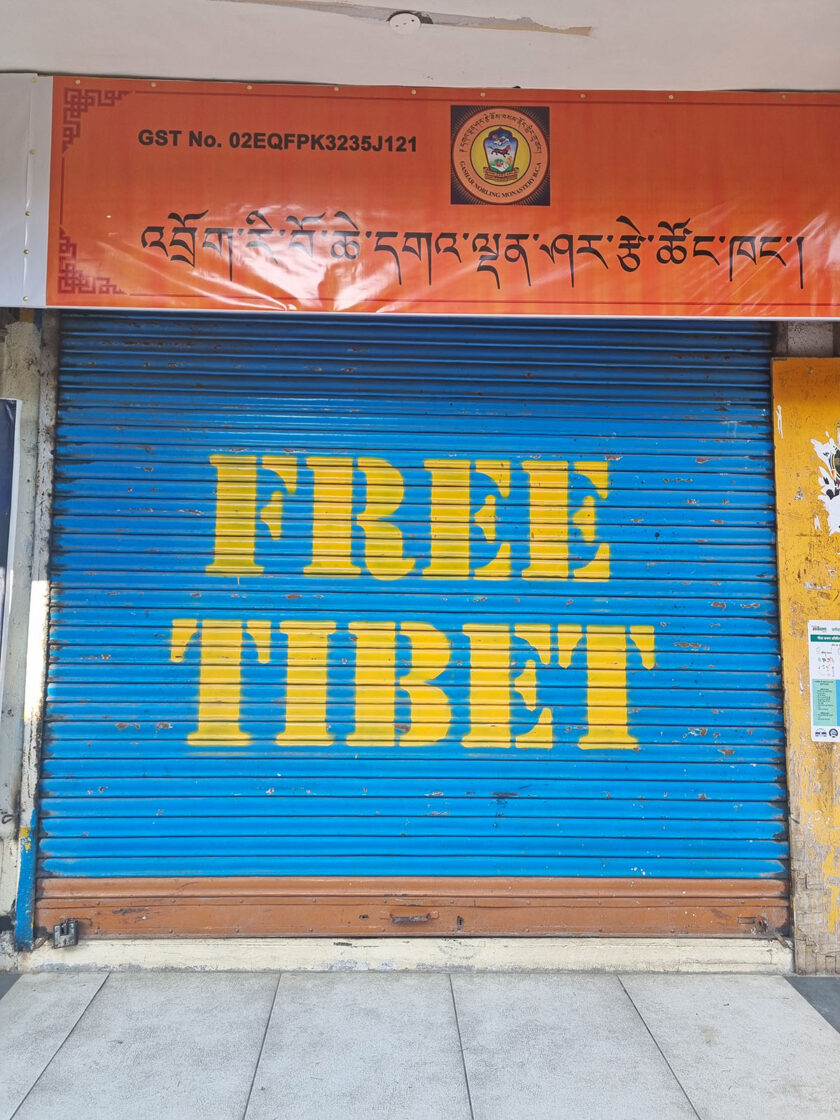
Below are several Tibetan attractions in McLeodganj (Upper Dharamshala), including temples, museums, and monuments, that have come to not only influence but also redefine the city.
Prayer wheels
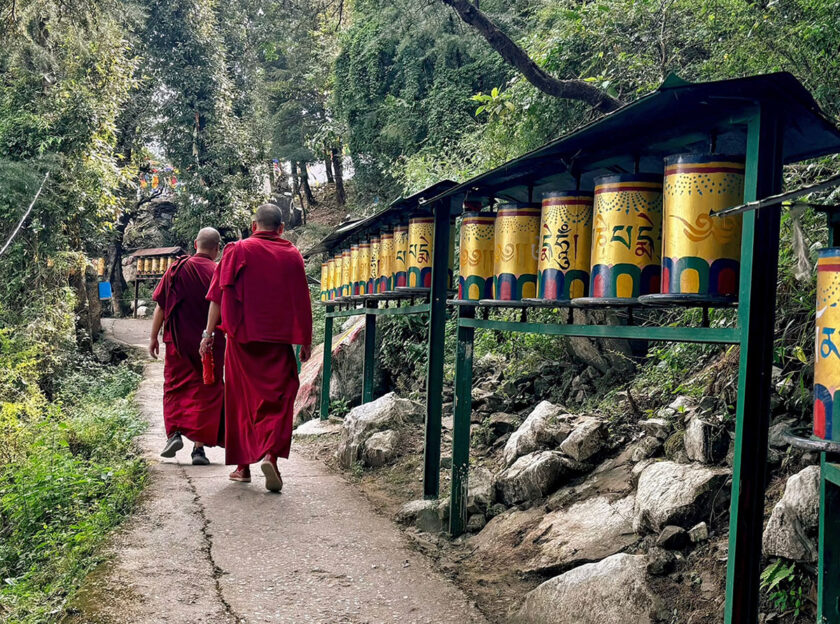
Gleaming gold prayer wheels of all sizes whirl throughout McLeodganj. The cylindrical wheels are decorated both externally and internally with Sanskrit mantras. Created partially for the benefit of the illiterate, it is believed that spinning a prayer wheel has the same meritorious effect as orally reciting a sacred text.
Visitors to the town, and devotees of Buddhism turn the prayer wheel clockwise, following the direction of the sun. The practice of turning a prayer wheel is believed to bring numerous benefits, including purifying negative karma, accumulating merit, and promoting spiritual well-being.
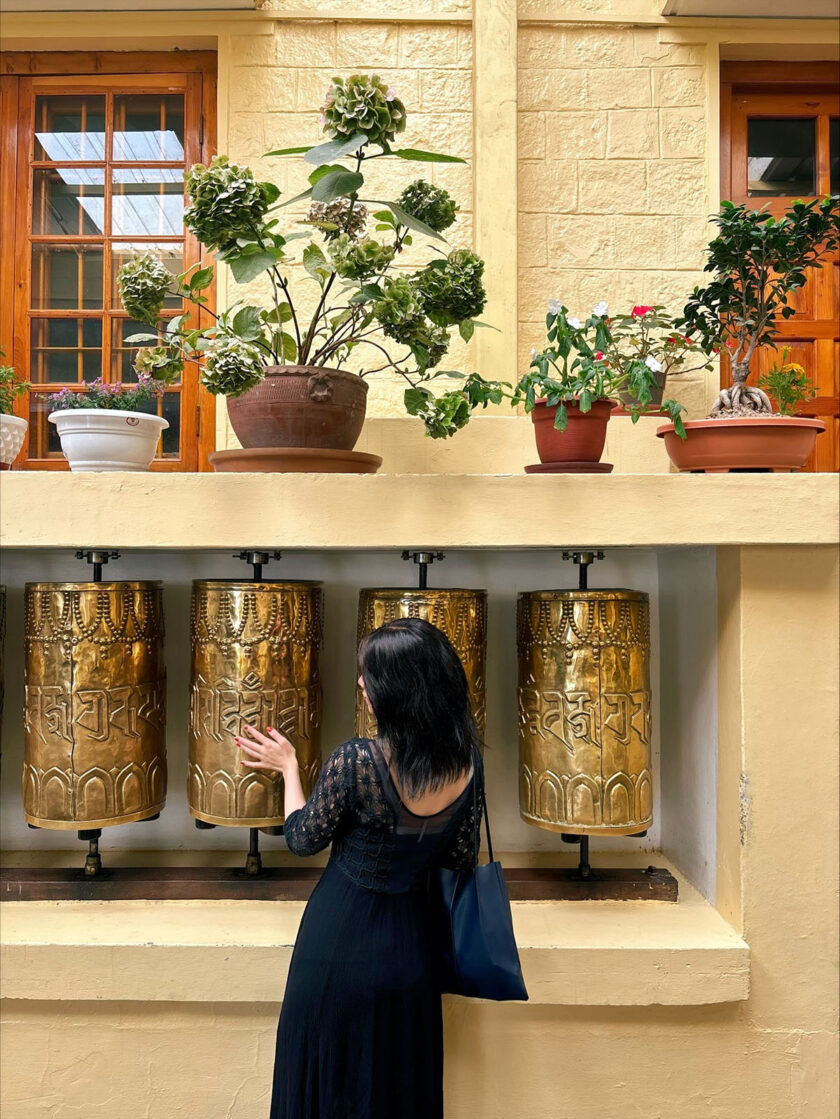
You will find prayer wheels alongside the Buddhist temples, monasteries, and stupas. If you spot them, you now know what they’re for, if you didn’t already. Be sure to give them a spin!
Kalachakra Temple
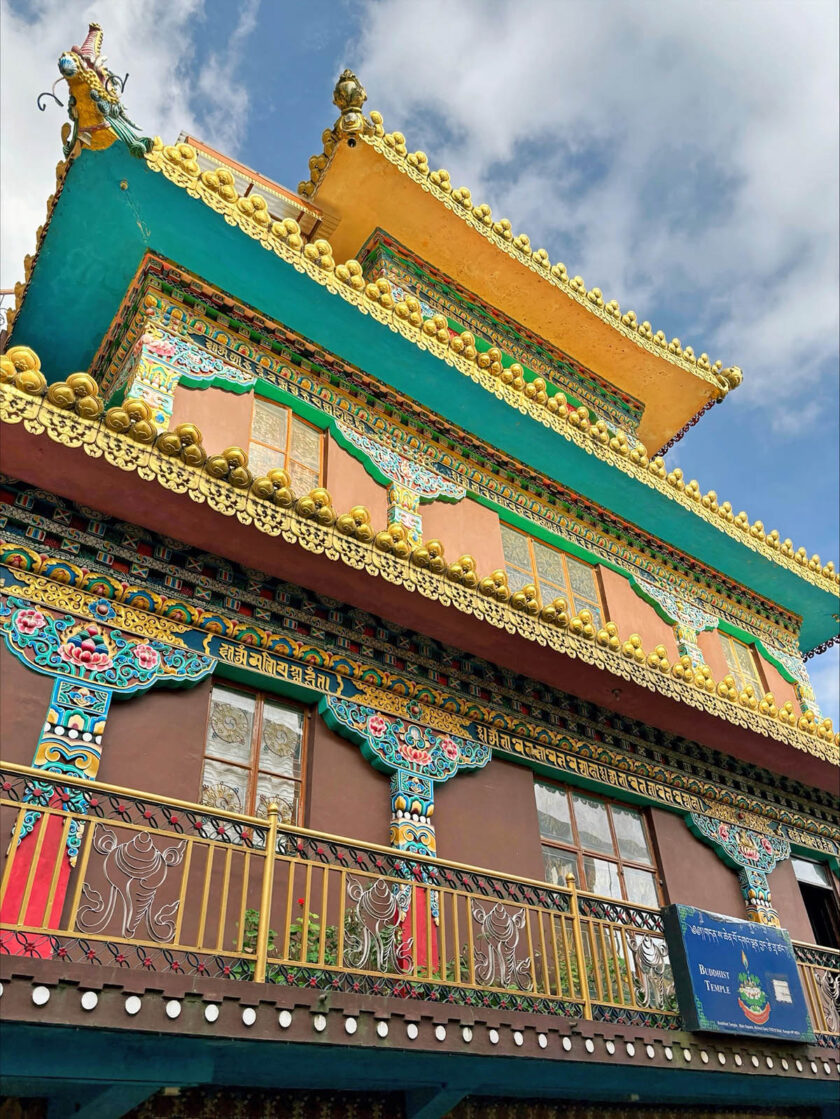
Kalachakra Temple stands out in vibrant colours of green, red, and gold tiers against the back drop of McLeodganj’s narrow market streets.
Along both sides of the temple, as well as the back, you will find a row of prayer wheels. It is customary to turn them all before entering the temple. Upon entering, you will be greeted with a large gold stupa decorated with flowers, several small prayer rooms, and on the top floor you are blessed with beautiful views across the whole city, extending to the mountains in the distance.
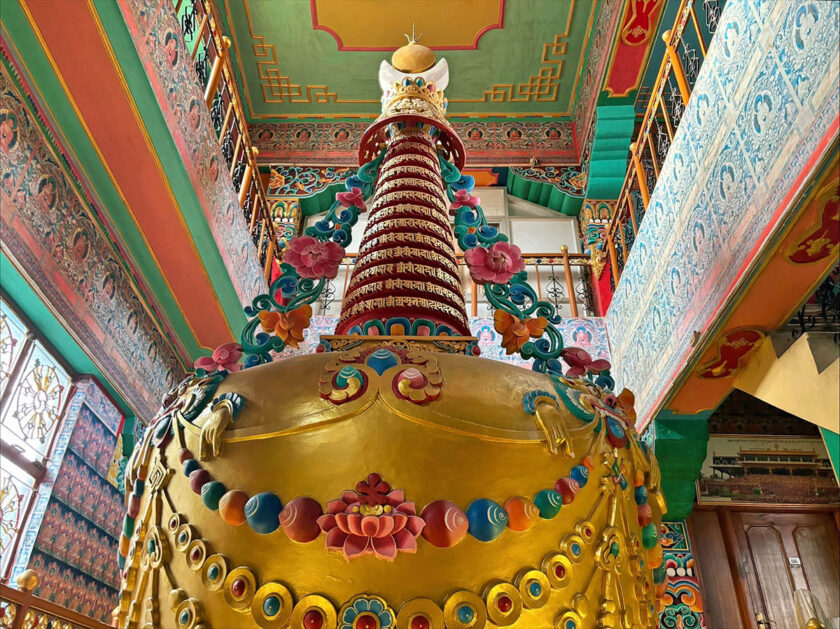
I was lucky to catch the view during golden hour on my first evening in the city. I still remember the feeling of serenity as the whole atmosphere was cradled in a warm loving glow.
Dalai Lama Temple Complex
Home of the Dalai Lama, this is a must-visit site in Mcleandganj.
Although he travels a lot, there’s also a chance that you might see him at one of the morning ceremonies. You can view the Dalai Lama’s schedule here. Sadly he wasn’t in town when I was there, but hey, there’s always next time.
However, everyday, twice a day I think, practising monks partake in debating which is a unique and integral part of Tibetan Buddhist monastic education. Never before had I see monks so animated – and how do I put this – so noisy!
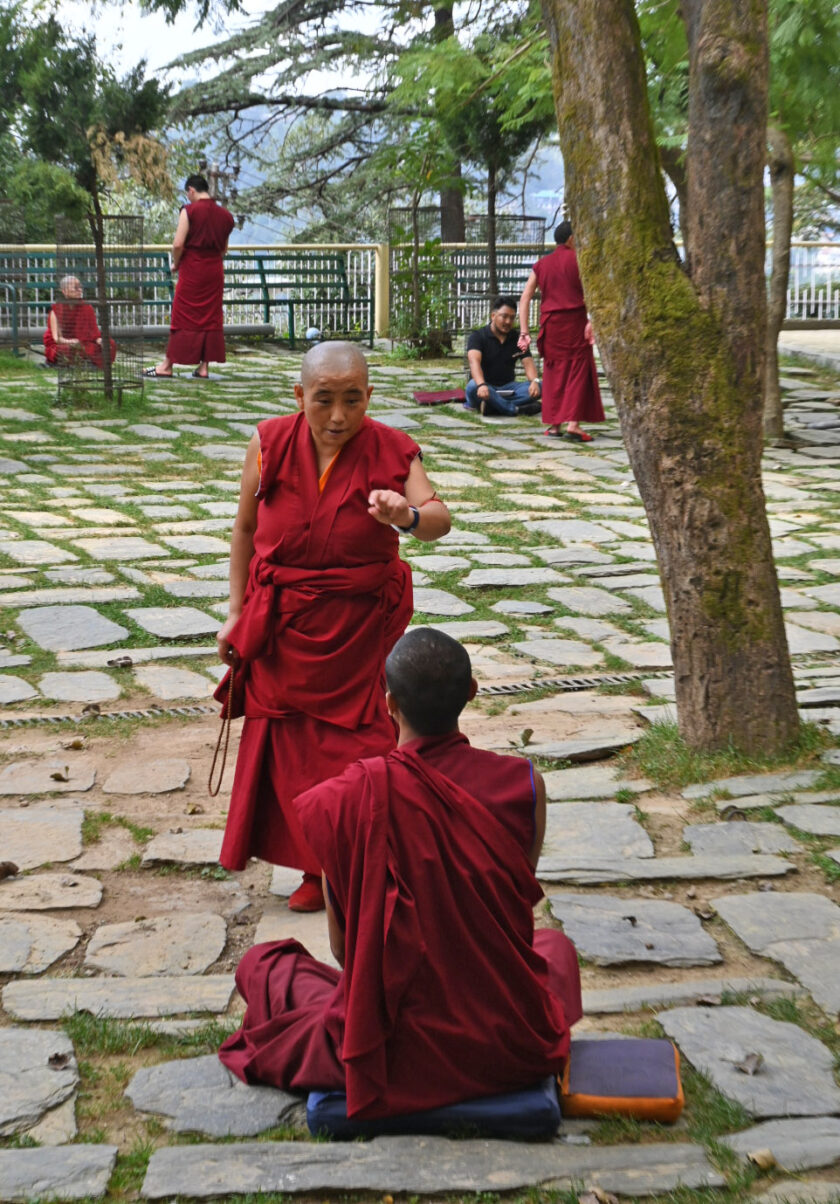
The primary objective of the debates is to sharpen the intellectual acumen of the monks and deepen their understanding of Buddhist philosophy. It serves as a crucial part of their monastic education, allowing them to explore and contemplate the profound teachings of Buddhism.
One distinctive feature of these debates is the use of hand clapping and gestures. The challenger often uses forceful hand claps to punctuate questions, while the defender responds with specific gestures, such as slapping the hands together, to signify the acknowledgment of a correct point.
As an observer, it’s truly fascinating to see this tradition taking place, so I really recommend timing your visit to see these debates taking place.
Norbulingka Institute
Venture over to the Norbulinka Institute, dedicated to the Preservation of Tibetan culture, it’s a haven where traditional Tibetan arts come to life.
Amidst blooming gardens, guests have the opportunity to witness the skill of thangka painters, weavers, and woodcarvers crafting tales of yore.
There are 1173 small Buddhas painted on the walls, and a short guided tour (free) explains the different forms of Buddha and much more. Don’t miss the doll museum, consisting of 160 costumed dolls. Started in 1983, The Losel Doll project aims to preserve Tibetan clothing and acts as a fundraiser for the Norbulingka Institute.
Tibet Museum
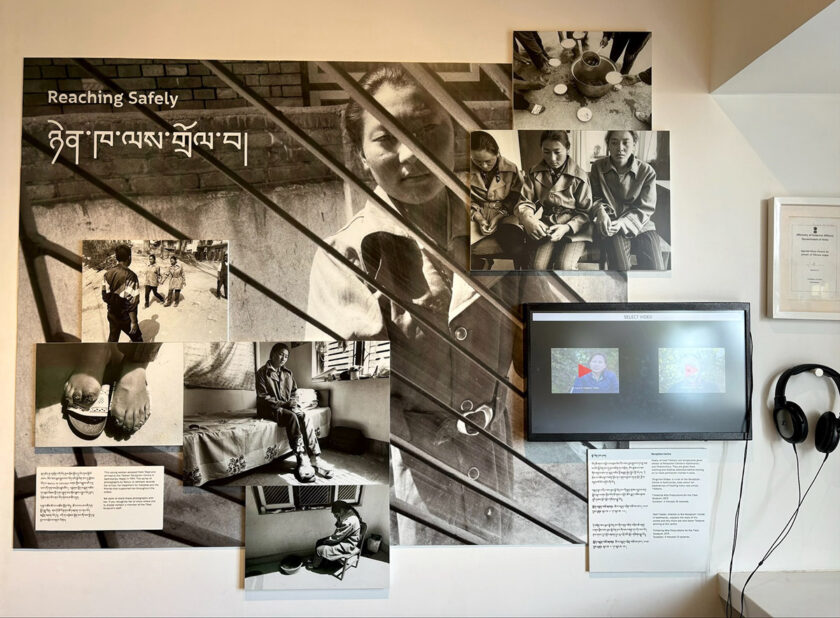
Newly opened in 2022, the Tibet Museum is perhaps the best place to go to really understand the plight of Tibetan people. The history is extremely well documented with photographs, objects, elaborate descriptions and installations to draw focus on raising awareness about Tibetan history and the ongoing issues faced by Tibetans.
The museum is separated in two distinct sections. The first section provides the historical and geographical history of Tibet, covering the religion, royalty, culture and traditions. The other part, across the hallway, “I am Tibetan”, focuses on the diaspora and modern interpretations.
It’s a very challenging and moving museum, but you learn a lot. As a result, I recommend visiting this museum before going to many of the other Tibetan institutions as it really helps put things into context.
Colourful prayer flags
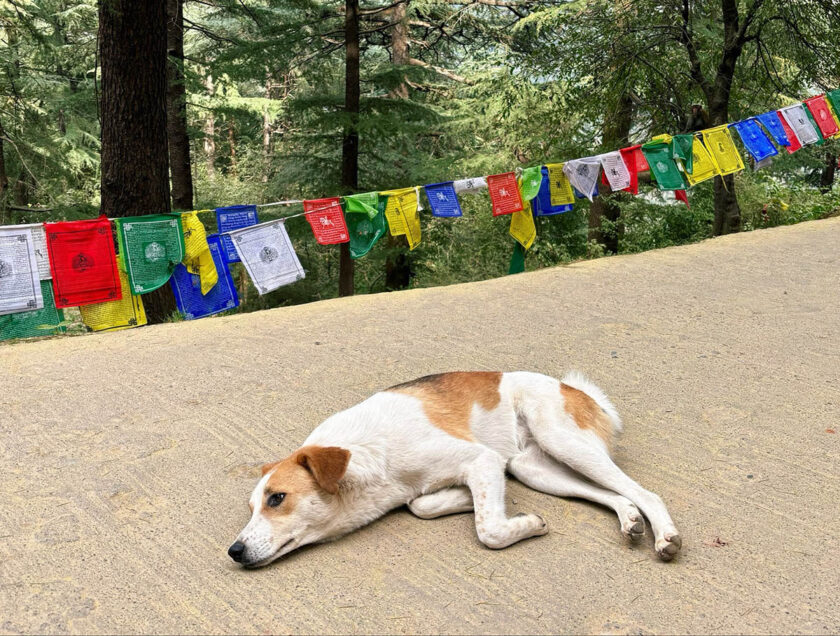
The town and surrounding area is dominated by colourful prayer flags that erupt across the city like silent fireworks. Streaming down from rooftops and tree branches, these cloths of blue, white, red, green, and yellow are certainly a treat for the eye.
But the flags serve a higher purpose than beauty. Covered in mantras, it is believed that as the flags flutter peacefully in the breeze, the wind will spread the compassion of these prayers into the air and all around us so we become blessed by their mantras.
Admiring prayer flags – where bold bright cloth is strung alongside faded tattered old flags – is bearing witness to a grander philosophy: the ongoing cycle of life, and how we all become part of the universe.
Where to stay in McLeodganj
I recommend staying somewhere in the centre of town. This way you’ll also have a wealth of cultural offerings on your doorstep, not to mention some great places to eat after a day of exploring.
One of the best places in town is Norbu House. It is within very close proximity to the Dalai Lama Temple and each room has a balcony with beautiful views.


